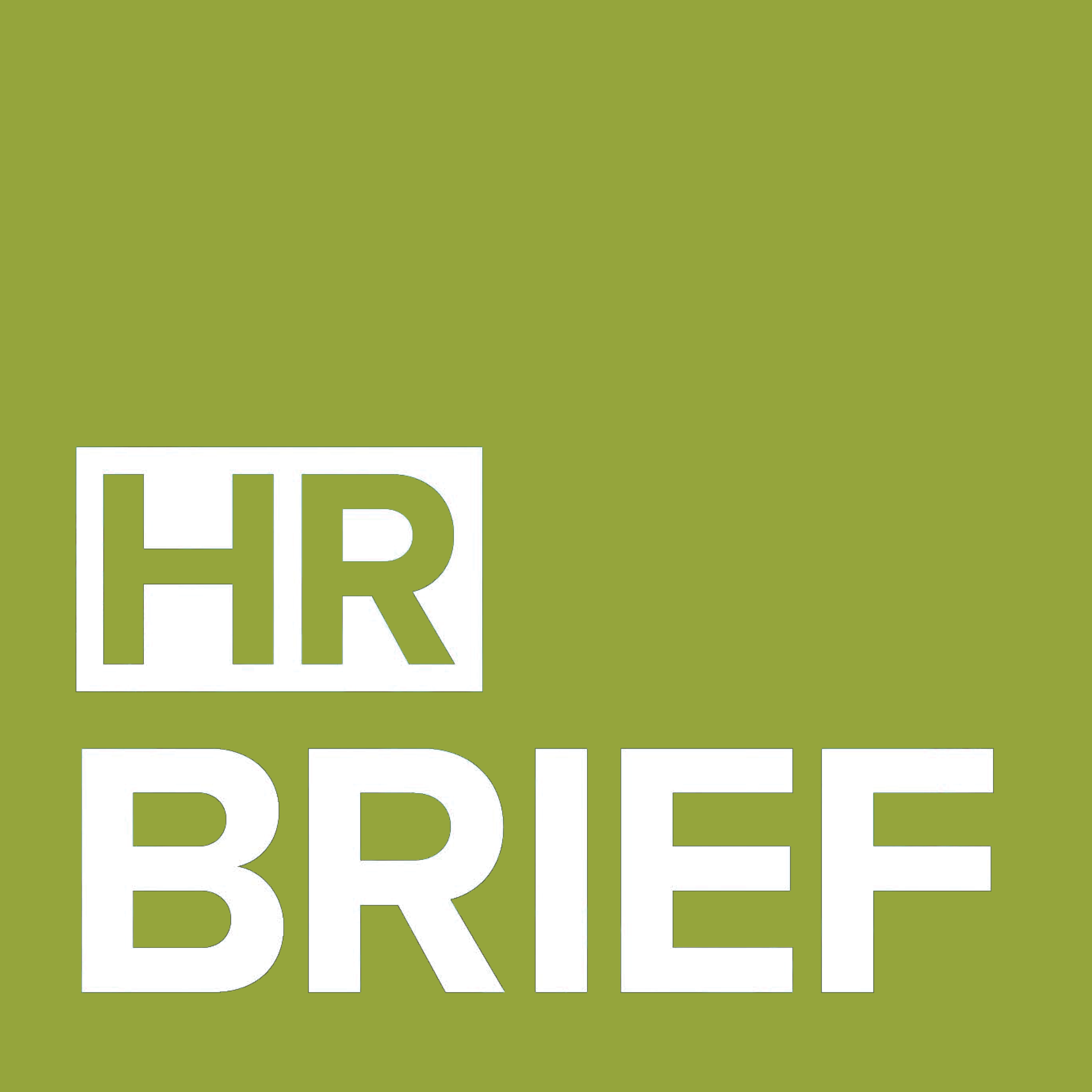
Considering a Hybrid Work Model
Work flexibility is consistently cited as a post-pandemic trend, and many employers are already introducing hybrid work models in their reopening plans. A hybrid workplace is a flexible model designed to support a workforce of both on-site and remote employees.
In some arrangements, employees are on-site on set days. In other cases, employees may be able to request a specific schedule. Employers may also consider whether certain departments or roles need to work on-site or can be just as effective working remotely full-time.
Challenges of Hybrid Models
Like any new initiative or strategy, a hybrid workplace also has its challenges. Employees will be collaborating from varying locations and may even be using new technologies, impacting an organization’s culture and operations. However, employers can reduce the prevalence or impact of such challenges by being intentional about decisions.
Tips to Consider
A thoughtful hybrid workplace approach combines the best aspects of an organization’s on-site and remote workplaces. To best accommodate a distributed workplace, consider the following tips:
- Set clear expectations for which employees are eligible for hybrid work, and be transparent about any decisions.
- Formalize hybrid work request processes.
- Plan meetings that best accommodate all employees.
- Consider how project management and communication channels can foster companywide collaboration.
- Ask for and listen to feedback from employees.
Every organization will be different, and the practical application of a hybrid model will need to be what’s best for both employers and the overall employee experience. Reach out today to learn more about developing and managing a hybrid workplace.
Preventing Turnover Post-pandemic
Turnover is a common occurrence throughout any given year. However, during the COVID-19 pandemic, turnover rates fell dramatically. Now, a significant number of employees are unwilling to return to the status quo that was established pre-pandemic. That’s a major reason why experts predict a “turnover tsunami” coming in the latter half of 2021.
What Employees Want Post-pandemic
Generally, workplace survey data from the past year illuminates some commonalities between worker desires across industries. The following are some of the most coveted changes workers are looking for post-pandemic:
- Flexible work options
- Protection from burnout
- Competitive compensation
Considerations for Employers
To stay ahead of these trends, employers will need to look inward toward their unique employee populations and determine what’s important to them. This inquiry may include surveying employees to learn about what they are looking for. To help meet the demands of a workforce, employers can consider implementing changes, such as:
- Providing remote or hybrid working arrangements
- Providing flexible scheduling options
- Adopting or expanding employee assistance programs to help with mental health and burnout
- Increasing compensation or bonuses
- Having managers meet more frequently with employees to discuss challenges and concerns openly
Each organization is unique, and its employees may have varying opinions about what they value. Contact Seubert & Associates, Inc. for additional retention resources.

Lawsuit Prevention Strategies for Businesses
Businesses face lawsuits that can drain resources and harm reputations. Leaders should reduce risks and

IRS Releases Employee Benefit Plan Limits for 2025
Employee benefits often come with annual dollar limits that are adjusted for inflation each year,

Wrapping Up 2024: Our Top Blog Posts of the Year
As 2024 ends, we’re highlighting the year’s top blog posts on renewal strategies, construction risks,
